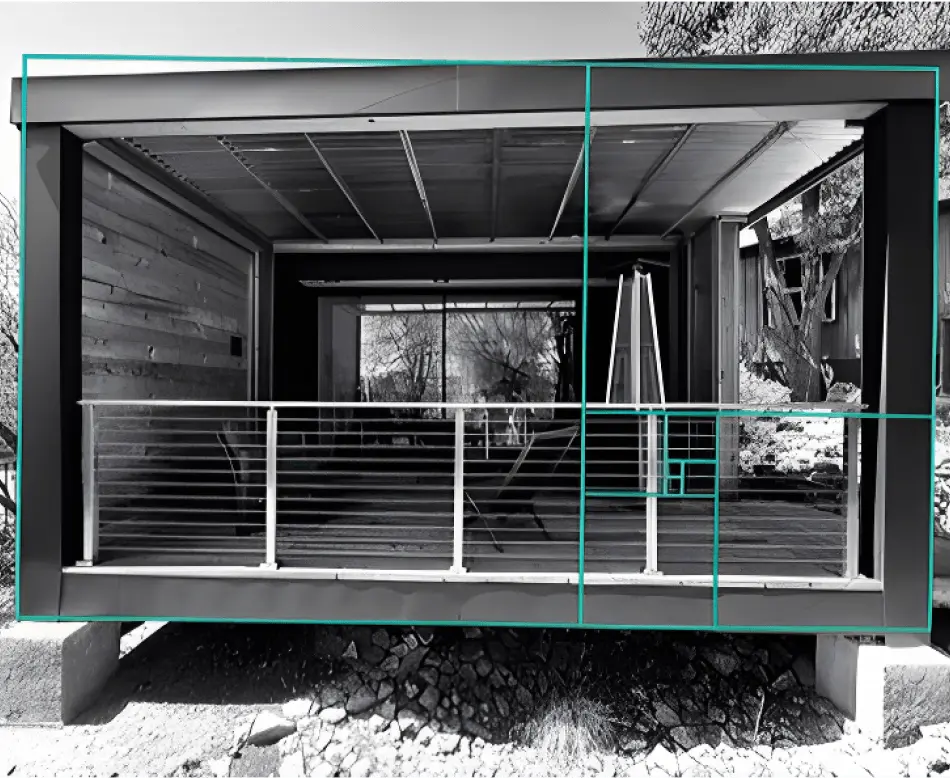"As a structural engineer with over six decades of experience, I have collaborated with architects and engineers across all disciplines on major projects throughout the western and southwestern United States. From this extensive professional career, I can confidently say that the insights presented in Essential Form: Insights on Function, Aesthetic, and Building Integrity are both profound and transformative. The book’s ability to distill complex principles into simple, clear terms is unparalleled. Its content is relevant and essential, and I believe it should become a foundational text taught at the university level to all aspiring architects and engineers. This would equip future professionals with a deeper understanding of the interconnectedness of form, function, aesthetics, and building integrity, fostering a more holistic approach to design and construction."
